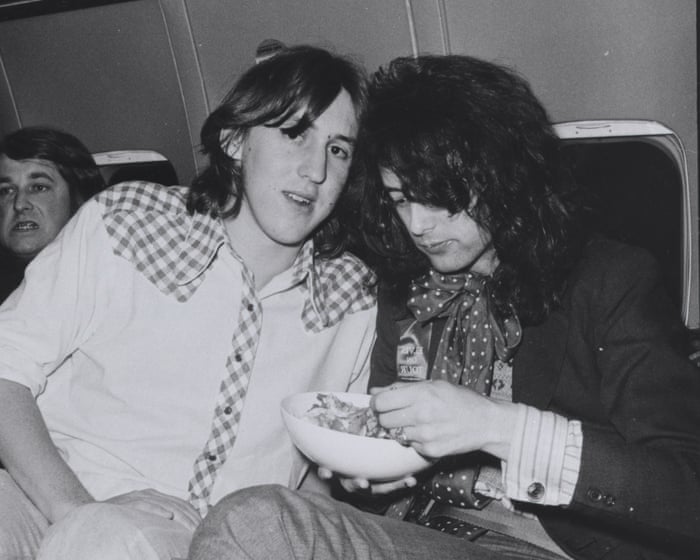Three candidates are set to compete in Ireland’s presidential election: a former government minister, a former sports coach, and an independent left-wing politician. The three-way race was confirmed on Wednesday when the nomination period ended without any political outsiders making it onto the ballot.
Heather Humphreys, a former cabinet minister, will represent the ruling centre-right Fine Gael party. Jim Gavin, who coached Dublin’s Gaelic football team, is running for its centrist coalition partner, Fianna Fáil. Catherine Connolly, a vocal pro-Palestinian politician, is backed by small left-wing opposition parties as well as Sinn Féin, which chose not to run its own candidate.
The election on 24 October will conclude the 14-year presidency of Michael D. Higgins, who has been both praised and criticized for using the largely ceremonial role to speak out on global issues, particularly regarding Gaza.
Several well-known figures had expressed interest in running but failed to secure the required support from four local councils or 20 members of parliament. These included Michael Flatley, Bob Geldof, and mixed martial arts fighter Conor McGregor, who received an endorsement from Elon Musk.
Gareth Sheridan, a pharmaceutical tycoon, and Maria Steen, a social conservative activist, also narrowly missed the threshold. Steen said on Wednesday, “I regret to say it was not enough and that time has now run out,” adding that the public’s “hunger for an alternative candidate” would go unmet. Some commentators, including those who disagreed with Steen’s views, had hoped she would make the ballot to offer voters more choice.
The presidency was once a comfortable role for establishment figures, but Mary Robinson’s unexpected win in 1990 began an era of unpredictable campaigns focused more on candidates’ personalities than party ties.
A poll from 14 September, taken before Sinn Féin backed Connolly, showed her with 17% support, behind Gavin at 18% and Humphreys at 22%. Analysts note that most voters in Irish presidential elections tend to pay little attention until the final two weeks of the campaign, around the time of televised debates.
Each candidate has already faced controversy. Connolly, 68, has been criticized for meeting with supporters of Bashar al-Assad during a 2018 trip to Syria and for recently telling the BBC that Hamas is “part of the fabric” of the Palestinian people—a remark that unsettled Labour and the Social Democrats, both of which support her campaign.
Gavin, 54, a political newcomer with backgrounds in sports, aviation, and the military, has criticized social media companies for allowing what he called “completely unacceptable” lies and misinformation about him and his family. “I’m not going to stand for it, and in a broader context, society shouldn’t stand for it,” he said.
Humphreys, 62, a Presbyterian from the border county of Monaghan, has faced questions over her inability to speak Irish and her family’s historical ties to the pro-union Orange Order in Northern Ireland. She has stated that she supports Irish unity, and her backers highlight her Protestant background as a sign of inclusivity.Heritage might help win over Northern Ireland’s unionists.
Frequently Asked Questions
Of course Here is a list of helpful FAQs about the confirmed threecandidate Irish presidential election
General Information
1 Who are the three confirmed candidates
As of now the confirmed candidates are Michael D Higgins Peter Casey and Joan Freeman
2 What is the role of the President of Ireland
The President is the head of state Their role is largely ceremonial representing Ireland at home and abroad but they also have certain constitutional powers like signing bills into law and appointing the Taoiseach
3 When is the presidential election taking place
The election is scheduled for Friday October 26 2018
4 Is this a typical number of candidates
A threecandidate contest is less common but not unprecedented The 2011 election had seven candidates so this is a more focused race
The Candidates Their Campaigns
5 What are the main differences between the candidates
Michael D Higgins is the experienced incumbent focusing on his record of promoting culture inclusivity and Irish unity
Peter Casey is a businessman running as an independent often focusing on economic issues and criticizing political establishment
Joan Freeman is a senator and founder of Pieta House highlighting mental health and community spirit
6 Do the candidates belong to political parties
Michael D Higgins is nominated by the Labour Party and supported by Fine Gael and Fianna Fáil
Peter Casey and Joan Freeman are running as independent candidates without the backing of a major political party
7 What are the key issues being discussed in the campaign
Key issues include the relevance and cost of the presidency mental health services national identity housing and homelessness and Irelands place in a postBrexit Europe
The Election Process
8 How does someone become a presidential candidate
A candidate must either be nominated by at least 20 members of the Oireachtas or by at least four local councils
9 How is the President elected
The President is elected by a popular vote of all Irish citizens aged 18 and over who are registered to vote It uses a system called the Single Transferable Vote where voters rank the candidates in order of preference 1




